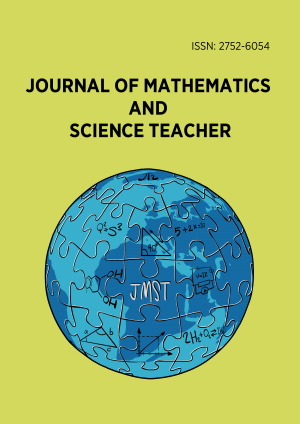Abstract
This study intended to assess the extent to which computer-simulated teaching tools influence Rwandan senior four students’ understanding of graphs of projectile motion. Two schools were purposively selected, and 54 students were grouped in the control and experimental groups. Students’ scores on a multiple-choice test were collected and analyzed using frequencies and inferential statistics. Results showed that students in the experimental group got the average normalized gain in the medium range, t(36)=3.944, p<0.01 whereas in the control group it was in the low range, t(16)=1.788, p>0.05. It was found that students in the experimental group improved their understanding of graphs of projectile motion better than students who were taught using traditional methods, t(52)=-2.194, p=0.033. The study shows that using computer-simulated teaching tools influences positively students’ understanding of graphs of projectile motion. The use computer-simulated teaching tools in teaching projectile motion is recommended for physics teachers and further studies.
License
This is an open access article distributed under the Creative Commons Attribution License which permits unrestricted use, distribution, and reproduction in any medium, provided the original work is properly cited.
Article Type: Research Article
Journal of Mathematics and Science Teacher, Volume 3, Issue 2, 2023, Article No: em043
https://doi.org/10.29333/mathsciteacher/13593
Publication date: 20 Aug 2023
Article Views: 2618
Article Downloads: 1899
Open Access References How to cite this article
 Full Text (PDF)
Full Text (PDF)